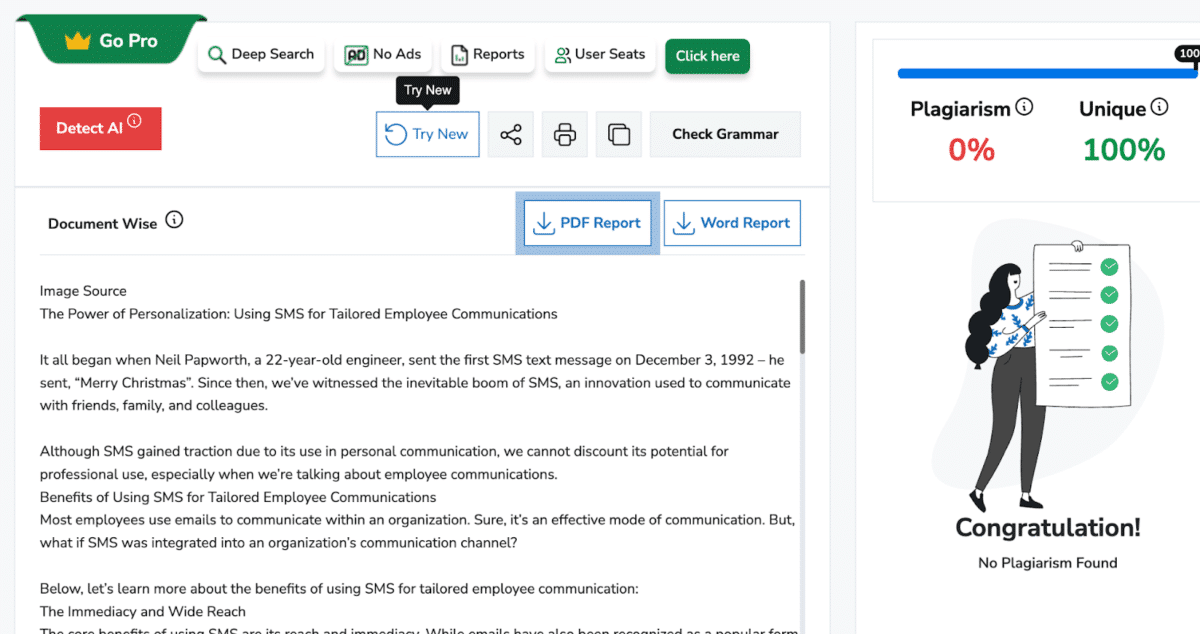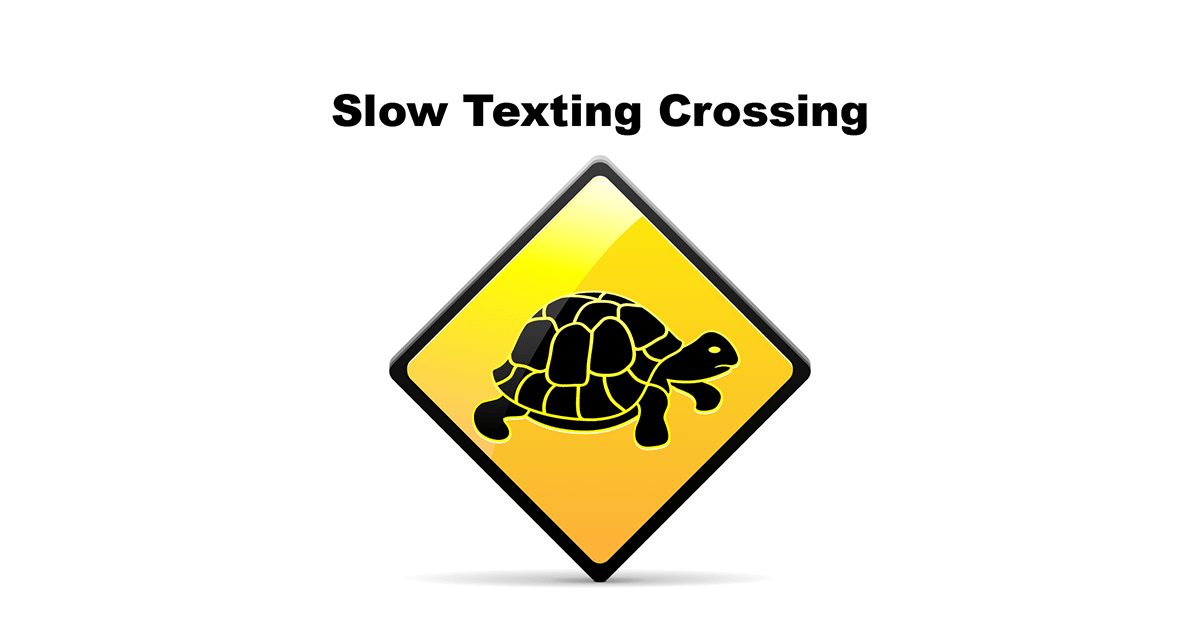Table of Contents
- 1 Benefits of Using SMS for Tailored Employee Communications
- 2 The Immediacy and Wide Reach
- 3 Personalization
- 4 Integration and Multi-Channel Approach
- 5 High Open Rates
- 6 Cost-Effectiveness
- 7 What to Note Before Implementing SMS Communications
- 8 Privacy and Consent
- 9 Data Security
- 10 Frequency and Timing
- 11 Evaluation
- 12 Final Thoughts
It all began when Neil Papworth, a 22-year-old engineer, sent the first SMS text message on December 3, 1992 – he sent, “Merry Christmas”. Since then, we’ve witnessed the inevitable boom of SMS, an innovation used to communicate with friends, family, and colleagues.

Although SMS gained traction due to its use in personal communication, we cannot discount its potential for professional use, especially when we’re talking about employee communications.
Benefits of Using SMS for Tailored Employee Communications
Most employees use emails to communicate within an organization. Sure, it’s an effective mode of communication. But, what if SMS was integrated into an organization’s communication channel?
Below, let’s learn more about the benefits of using SMS for tailored employee communication:
The Immediacy and Wide Reach
The core benefits of using SMS are its reach and immediacy. While emails have also been recognized as a popular form of communication in a professional setting, SMS has the benefit of not being buried in an inbox. Instead, text messages are arguably read within minutes once received.
It helps that everyone is glued to their phones these days, which makes SMS one of the most accessible means of communication out there. This mode of communication helps companies in making urgent or time-sensitive communications.
They could be last-minute meeting updates, reminders for critical project deadlines, or an emergency announcement. Regardless of your intent when sending your messages, SMS ensures that your messages reach the employees promptly regardless of their location or time zone.
Personalization
Personalization is the key to employee engagement. With the right software and tools, you can tailor SMS messages to individual employees based on their role or department. Personalizing your SMS messages adds a human touch and increases both the relevance and effectiveness of communication.
By sending personalized messages through SMS, you can create targeted training reminders, greet employees on their birthdays, or recognize individual achievements. All of these help you connect with your employees on a deeper and more personal level.
Integration and Multi-Channel Approach
SMS doesn’t have to operate in isolation. In fact, it’s arguably more powerful when combined with other channels of communication, such as emails. By combining SMS with other forms of communication, organizational communication becomes a whole lot more effective.
Here’s a simple example of how this works. You blast an email to all employees, then you follow up with a personalized reminder through SMS. Doing this ensures that employees are informed and engaged.
High Open Rates
If you’re looking for a communication channel that is most likely to be read by your employees, then SMS is certainly the way to go. About 98-99% of all messages sent via SMS are read, so you’re certain that your messages will reach the intended audience promptly, without getting lost in the clutter of email inboxes.
Cost-Effectiveness
Organizations exploring other cost-effective means of communication must include SMS. Rather than using traditional forms of communication such as mail or printed materials which have printing or postage costs, SMS is a lot cheaper. Not to mention, it’s environmentally friendly considering the zero paper consumption involved in sending your messages.
What to Note Before Implementing SMS Communications
Before implementing SMS for employee communications, there are a few things you must note:
Privacy and Consent
Before sending SMS messages to employees, you must obtain their explicit consent. Also, ensure that you comply with data protection regulations such as the General Data Protection Regulation (GDPR).
Consent is just as important when dealing with SMS messaging in your organization. Give employees the option to opt in or opt out of receiving SMS communications, and their privacy preferences must be respected at all times.
Data Security
With the potential risk of data breaches, protecting sensitive employee data is a must-do for all organizations. Ensure that you establish the appropriate measures to safeguard data transmission and storage. Such practices include encryption and tokenization.
Frequency and Timing
While SMS messaging can be instant, you must consider the frequency and timing of your messages. Too frequent and you might suffer with a loss of employee engagement. Too little and you risk missing out on getting important messages across.
Be mindful of time zones to ensure that they are received at an appropriate hour by the recipient. Schedule messages while taking into account the different time zones and refrain from sending messages during non-business hours.
Evaluation
Not everyone might be completely satisfied with the implementation of SMS for employee communications. Gather employee feedback from surveys or polls to gauge their perceptions and identify any areas for improvement.
Also, explore the impact of SMS messaging on other aspects of the organization. Has the implementation of SMS led to improved business outcomes such as efficiency and collaboration? Do employees feel informed and engaged when they receive messages through SMS?

Final Thoughts
That being said, it’s safe to say that using SMS for employee communications is more of an essential rather than a nice-to-have. As long as you keep your messages timely, relevant, and personalized, then you can greatly improve communication within your organization.






